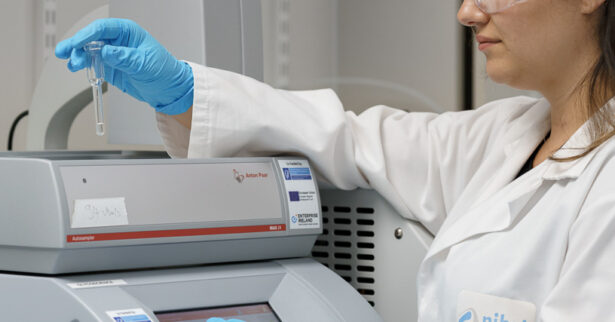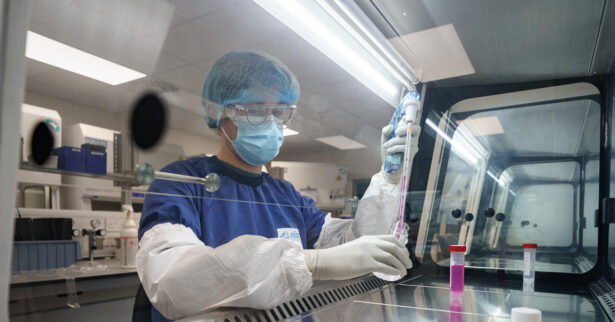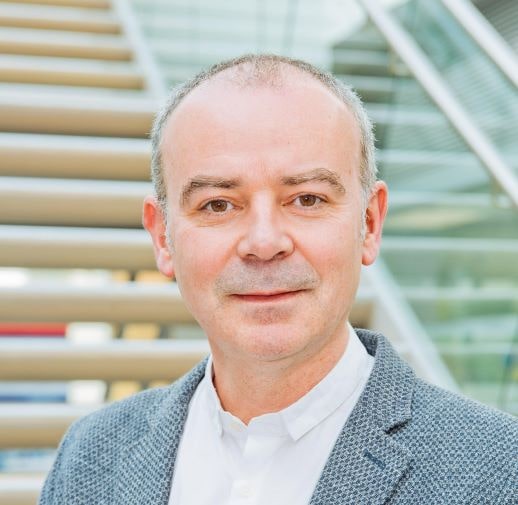Group Overview
Biological medicines based on proteins, nucleic acids or even living cells are difficult to manufacture efficiently, safely and economically. Our research focuses on understanding and improving the cell systems used to create these therapies with a particular emphasis on the cellular molecular mechanisms involved. We apply advanced omics technologies in collaboration with Dr.Colin Clarke’s Bioinformatics group at NIBRT to identify the genes and pathways that contribute to cellular phenotypes relevant to, for example, producing monoclonal antibodies or other therapeutic proteins in Chinese Hamster Ovary (CHO) cells.
In this way we try to develop genetic engineering strategies to enhance the ability of the host cell line to make these products more efficiently. These strategies include manipulating the expression of specific endogenous genes (including non-coding RNAs, not just protein-encoding genes) in the host cell line, introducing exogenous sequences into the host or modifying the genome directly – ideally in a highly targeted manner.
We apply similar strategies to enhancing the manufacturing platforms for viral gene therapy vectors (e.g. AAV or lentivirus) including HEK293 or Sf9. Gene therapies present unique challenges in terms of their production including low yield, high variability and a dependency on large-scale transient transfection of multiple expression plasmids. Modified cell therapies (e.g. CAR-T) are another exciting new modality demonstrating some spectacular clinical results but which, particularly in the autologous setting, are exceptionally challenging to manufacture. We are interested is various aspects of creating these cell therapies including more efficient gene delivery approaches and the use of modified RNA to enhance the expression of the relevant transgenes.
Team Members
Principal Investigator
-
Niall Barron
Research Team
Dr Nga Lao
Dr Nicholas Donohue
Niamh Keogh
Alan Foley
Or Skornik
Dr Simeng Li




The Cell Engineering Team

Niall Barron
Principal Investigator - Cell Engineering Group
Niall Barron was appointed NIBRT Principal Investigator and Professor of Biochemical Engineering in the School of Chemical and Bioprocess Engineering in UCD in 2017. He obtained a BA (Mod) in Microbiology from Trinity College Dublin and PhD in Applied Microbiology/Biochemistry from the University of Ulster where he worked on degradation of lignocellulosic substrates by fungal enzymes ethanol production by microorganisms. He then spent three years in Bert O’Malley’s lab at Baylor College of Medicine as a postdoctoral scientist working on genome engineering strategies to study nuclear steroid receptor function. He returned to Ireland to work on stem cell differentiation at the National Institute for Cellular Biotechnology (NICB) in DCU and was appointed to academic staff in 2014. While at the NICB he was instrumental in growing the animal cell engineering group with particular emphasis on the production of recombinant therapeutic proteins from mammalian cell lines and became Centre Director in 2015. Niall is currently treasurer and executive committee member of ESACT, the European Society for Animal Cell Technology, and Senior Reviews Editor of the journal Biotechnology Letters.
Lab/Research Interests:
My groups’ research interests focus on targeted genetic engineering strategies to improve or control the production of recombinant therapeutic proteins from Chinese Hamster Ovary (CHO) cells. Typically this involves profiling of miRNA, mRNA and protein expression and subsequent analysis and integration of these datasets with a view to identifying engineering targets to improve CHO cell phenotypes relevant to the Biopharmaceutical industry. We are interested in developing advanced recombinant DNA engineering strategies for improved phenotypic stability and selection of producer lines. This includes methods for targeted genome modification (using viruses and CRISPR-Cas9 approaches) and directed evolution.
View Publications
Group Research Areas
Engineering CHO cells for Biopharmaceutical Production
Profiling of miRNA, mRNAand protein expression and subsequent analysis and integration of these large datasets with a view to identifying engineering targets to improve CHO cell phenotypes relevant to the Biopharmaceutical industry (in collaboration with the NIBRT Bioinformatic group).
Improving viral gene therapy manufacturing platforms
Engineering or selecting better host cells lines for the production of AAV and LV. Modifying the component plasmid vectors used to generate viral particles – in both HEK293 and Sf9 cells.
Developing advanced recombinant DNA engineering strategies
Developing advanced recombinant DNA engineering strategies for improved phenotypic stability and selection of producer lines. This includes methods for targeted genome modification (using viruses and CRISPR-Cas9) and directed evolution.
Epitranscriptomic engineering
Chemical modifications on mRNA (specifically methylation) are instrumental in dictating mRNA fate in cells, e.g. stability, translational efficiency, intracellular localisation. Targeted manipulation of these modifications either in cells or on expression vectors has the potential to improve manufacturing efficiencies in various host cell types.
The role of mitochondria in production cell lines
Mitochondria are responsible for energy generation in all eukaryotic cells therefore it’s important to understand their functionality and behaviour in cells required to produce large amounts of a therapeutic product.
MicroRNAs as tools to modify cellular behaviour
MicroRNAs as tools to modify cellular behaviour – use of miRNAs as genetic tools to improve Biopharmaceutical production and studying the manner in which these critical regulatory molecules function within cells.
Collaborations
Within the group there are numerous collaborations with academic and industry partners in Ireland, throughout Europe and North America.
Featured Research Publications
Contact the Research Team
For Cell Engineering Group queries please contact the Principal Investigator Niall Barron at (niall.barron@nibrt.ie). The Cell Engineering Group is hiring and has ambitious plans for 2023. For latest vacancies see our careers page below.

